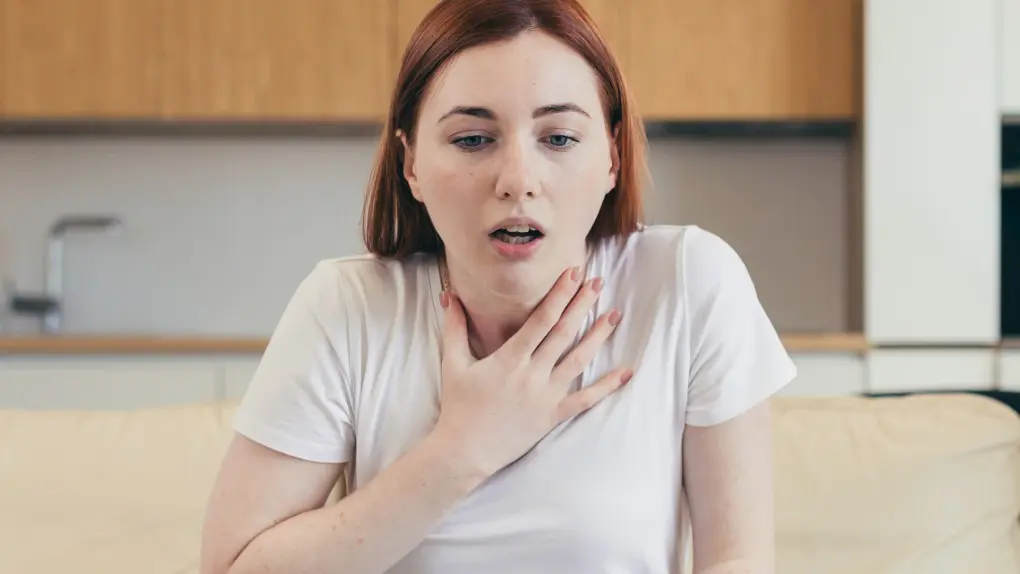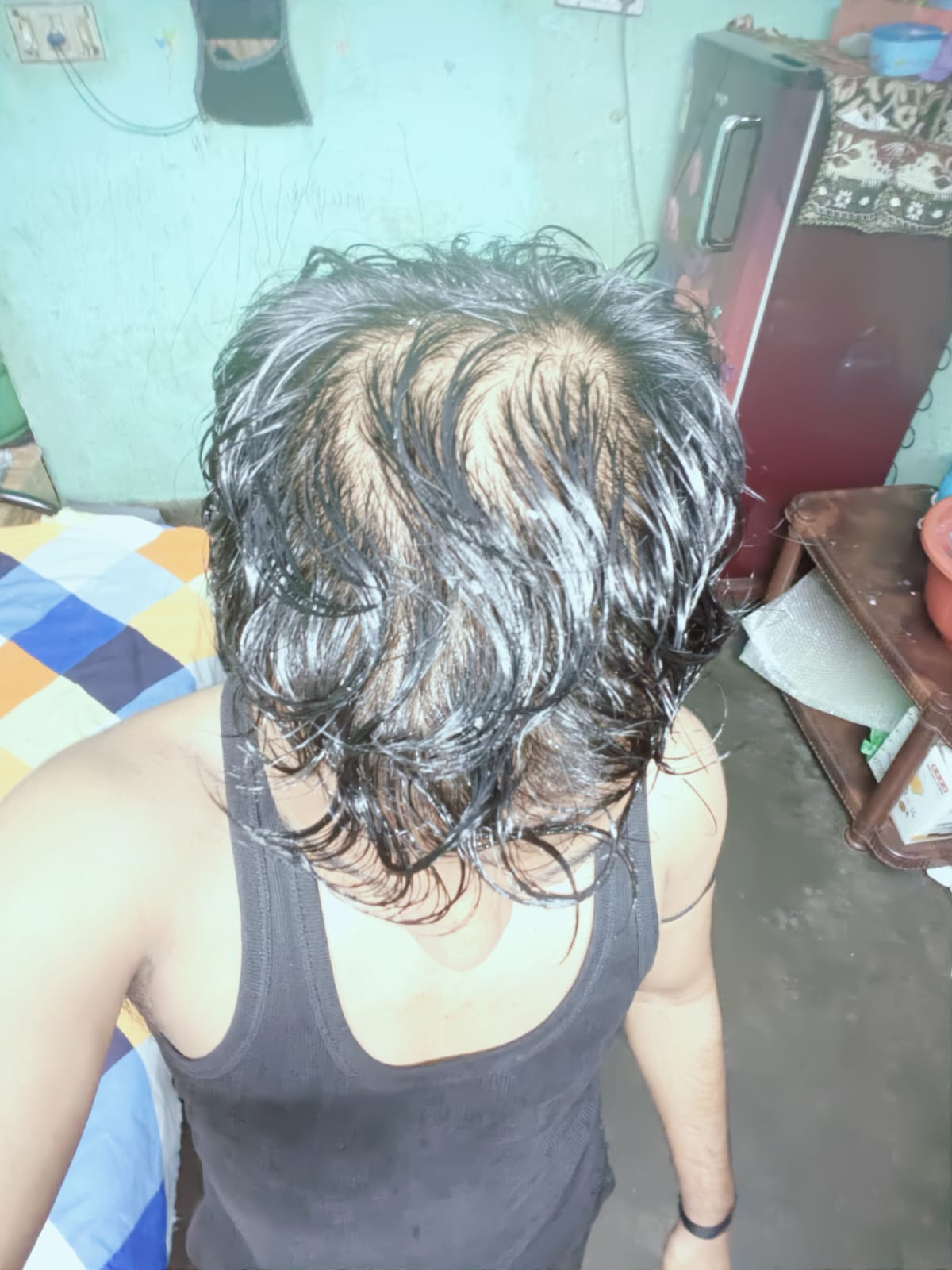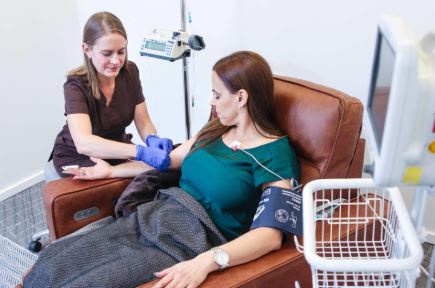Managing Silent Anxiety Attacks: Tips and Techniques

Strong 8k brings an ultra-HD IPTV experience to your living room and your pocket.
Anxiety is a natural human response to stress, and for many people, it can manifest in different forms. While some individuals may experience visible signs of anxiety, such as rapid breathing, sweating, or trembling, others may experience a more subtle form of anxiety: silent anxiety attacks. These attacks are often not as outwardly noticeable, which can make them more difficult to recognize and manage. Despite their quiet nature, silent panic attacks or silent anxiety attacks can be just as intense as their more overt counterparts and can significantly impact a person's well-being.
In this article, we will explore what silent anxiety attacks are, how to recognize them, and the best techniques to manage and alleviate their effects.
What is a Silent Anxiety Attack?
A silent anxiety attack, also known as a silent panic attack, occurs when someone experiences a rush of intense anxiety or fear without exhibiting many of the typical physical symptoms of a panic attack. While a full-blown panic attack often includes visible symptoms such as rapid heartbeat, hyperventilation, or uncontrollable shaking, a silent anxiety attack may manifest internally but may not be immediately obvious to others.
During a silent anxiety attack, a person may feel overwhelmed, fearful, or out of control. The symptoms can include:
A racing heart or irregular heartbeat (though it may not be visible to others)
Difficulty breathing or feeling like one cannot catch their breath
Tightness or discomfort in the chest
Dizziness or lightheadedness
Feelings of impending doom or fear without a clear cause
Nausea or a sensation of butterflies in the stomach
Cold sweats or an overwhelming sense of tension
Because these symptoms may not be as apparent as those of a visible panic attack, silent anxiety attacks can often go unnoticed, even by the person experiencing them. This can lead to confusion and frustration, as many people with silent anxiety attacks may struggle to articulate what they are going through.
How to Recognize Silent Anxiety Attacks
Recognizing a silent anxiety attack can be challenging, as the symptoms are often internal and subtle. However, some common signs may indicate that you or someone else is experiencing a silent anxiety attack:
Increased heart rate or palpitations: Although these may not be obvious, a racing heart or irregular heartbeat is a typical sign of a silent panic attack.
Discomfort or tightness in the chest: People experiencing silent anxiety attacks often report a feeling of pressure in their chest, similar to the sensation of a heavy weight resting on their chest.
Breathing difficulty: Even without hyperventilating, individuals may feel as though they cannot breathe properly or may be unable to take a deep breath.
Dizziness or lightheadedness: A feeling of disorientation or dizziness can often accompany a silent anxiety attack.
Sense of impending doom or fear: The internal feeling of anxiety or terror may seem irrational or disconnected from any immediate threat, but the person experiencing it may still feel as if something terrible is about to happen.
Excessive worrying or racing thoughts: People with silent anxiety attacks often experience spiraling thoughts that make it hard to focus or calm down.
If you recognize these signs in yourself or others, it may be an indication of a silent anxiety attack. Recognizing the signs early can help you take steps to manage the situation and reduce the intensity of the attack.
Techniques for Managing Silent Anxiety Attacks
While silent anxiety attacks can feel overwhelming, there are several strategies you can use to manage them effectively. Below are some techniques to help alleviate the symptoms and regain control:
1. Practice Deep Breathing
One of the most effective techniques for managing a silent anxiety attack is deep breathing. Anxiety often causes shallow, rapid breathing, which can exacerbate feelings of panic. By slowing your breathing and taking deep, measured breaths, you can activate your body’s relaxation response, which will help to calm your nervous system.
To practice deep breathing:
Inhale slowly through your nose for a count of four.
Hold your breath for a count of four.
Exhale slowly through your mouth for a count of four.
Repeat this process several times until you feel your heart rate slow and your body relax.
2. Ground Yourself with the 5-4-3-2-1 Technique
The 5-4-3-2-1 grounding technique is an excellent method for diverting your attention away from anxious thoughts and reconnecting with your surroundings. This technique involves focusing on your senses and helps to redirect your mind to the present moment, rather than the feelings of anxiety.
To use the 5-4-3-2-1 technique:
Look around you and name 5 things you can see.
Focus on 4 things you can touch or feel.
Listen for 3 sounds you can hear.
Identify 2 smells or scents around you.
Acknowledge 1 thing you can taste (if applicable).
This technique helps you to stay grounded and focused, breaking the cycle of racing thoughts that can accompany a silent anxiety attack.
3. Use Visualization Techniques
Visualization is another powerful tool for managing anxiety. It involves imagining a calming or peaceful scenario in your mind to counterbalance the intense feelings of fear or panic. By visualizing a place where you feel safe and relaxed, you can create a sense of calm in the midst of an anxiety attack.
To use visualization:
Close your eyes and picture a place where you feel completely safe and at ease. This could be a beach, a forest, or any location that brings you peace.
Imagine the sights, sounds, and smells of this place as vividly as possible.
As you focus on the scene, let your body relax, and allow the calming environment to soothe your anxiety.
4. Engage in Physical Activity
Physical movement can help to reduce the intensity of silent anxiety attacks by releasing tension and producing endorphins, the body’s natural mood boosters. Light exercise, such as walking, stretching, or yoga, can help regulate your breathing and release the physical tension caused by anxiety.
If you are experiencing a silent panic attack, try going for a brisk walk or practicing gentle stretches. Even just moving your body for a few minutes can help shift your focus and reduce feelings of anxiety.
5. Challenge Your Thoughts
A significant component of anxiety is the presence of irrational or negative thoughts. During a silent anxiety attack, your mind may race with worries or worst-case scenarios. To manage this, challenge the thoughts that are fueling your anxiety.
Ask yourself:
Is this fear based on reality?
What evidence do I have that supports or disproves this thought?
How likely is it that this outcome will happen?
By challenging irrational thoughts, you can gain perspective and reduce the intensity of the anxiety attack.
6. Seek Support from a Therapist
If you find that silent anxiety attacks are becoming more frequent or intense, consider seeking professional support. Cognitive-behavioral therapy (CBT) is particularly effective in helping individuals manage anxiety. A therapist can work with you to identify triggers, learn coping strategies, and develop long-term tools to reduce anxiety.
Conclusion
Silent anxiety attacks, or silent panic attacks, can be just as distressing as more visible forms of anxiety. While the symptoms may not be immediately noticeable, they can have a significant impact on a person’s emotional and physical well-being. The key to managing these attacks is recognizing the signs early and using effective techniques, such as deep breathing, grounding exercises, and visualization, to regain control.
If you or someone you know experiences silent anxiety attacks, remember that you are not alone. With the right strategies and professional support, it is possible to manage anxiety and live a fulfilling life. By taking proactive steps to address silent anxiety attacks, you can find relief and regain a sense of peace.
Note: IndiBlogHub features both user-submitted and editorial content. We do not verify third-party contributions. Read our Disclaimer and Privacy Policyfor details.







